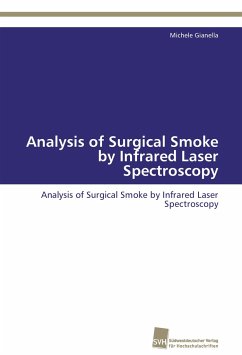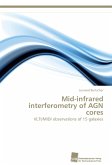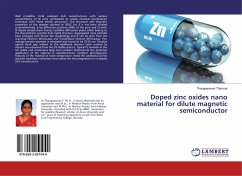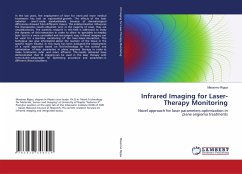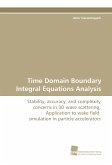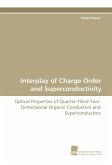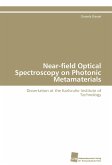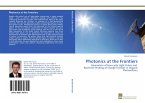Operation room personnel in hospitals are exposed every day to surgical smoke, a mixture of gases, aerosols, particulate and biological matter. Surgical smoke is produced when heat-generating instruments - such as lasers, bone drills, high-frequency vessel sealing devices - come in contact with biological tissue. It has been long known that surgical smoke is potentially dangerous since many toxic and carcinogenic compounds have been detected in many studies over the past few decades. Such studies, however, often only provided qualitative results, while for the purpose of risk assessment quantitative results are necessary. This work focuses on infrared laser spectroscopy applied to the quantitative chemical analysis of surgical smoke samples. Different laser spectrometers are described and discussed in detail. Quantitative results obtained with surgical smoke collected both in vivo and in vitro are presented, and some remarks about its toxicity are given.
Bitte wählen Sie Ihr Anliegen aus.
Rechnungen
Retourenschein anfordern
Bestellstatus
Storno

